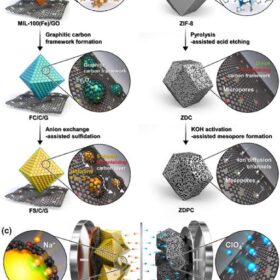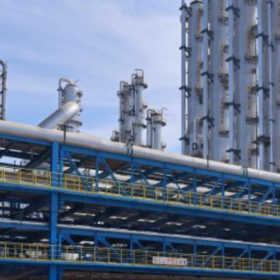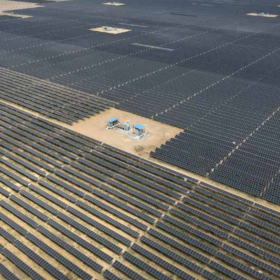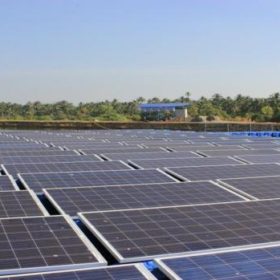Sodium-ion battery could charge in several seconds
Researchers at the Korea Advanced Institute of Science and Technology (KAIST) have identified a high-energy, high-power hybrid sodium-ion battery capable of charging in just a few seconds. The system integrates anode materials typically used in batteries with cathodes suitable for supercapacitors.
India’s 10 GWh tender draws seven bids to set up giga-scale battery cell manufacturing facilities under PLI scheme
Bids were received for seven times the manufacturing capacity of 10 GWh to be awarded.
MG Motor India partners with Epsilon Group for EV charging, battery recycling
MG Motor India has signed an agreement with Epsilon Group for electric vehicle (EV) charging solutions and battery recycling and second-life expertise.
ISA to help boost solar initiatives in Bhutan
The International Solar Alliance (ISA) will work with the government of Bhutan to enhance energy access and ensure energy security in Bhutan through solar energy interventions and diversification of the nation’s energy portfolio.
Experion, University of Würzburg collaborate for R&D in energy systems and artificial intelligence
Experion and Germany’s Julius-Maximilians-Universität Würzburg have joined hands for research and development in the field of smart energy systems and vehicle-to-grid integration.
Building a circular economy for India’s self-reliance in battery materials
India is investing in facilities and infrastructure to recycle batteries and recover valuable materials like lithium, cobalt, and nickel. By doing this, we can reduce our need for new materials and minimize the environmental impact of battery production.
India’s ruling party pledges renewables, manufacturing focus in its poll manifesto
India’s ruling party Bharatiya Janata Party (BJP) has vowed continued focus on renewables, energy storage and electric mobility with a view to achieving energy independence for the nation by 2047.
How safe are lithium iron phosphate batteries?
Researchers in the United Kingdom have analyzed lithium-ion battery thermal runaway off-gas and have found that nickel manganese cobalt (NMC) batteries generate larger specific off-gas volumes, while lithium iron phosphate (LFP) batteries are a greater flammability hazard and show greater toxicity, depending on relative state of charge (SOC).
Spent lithium battery recycling and strategies
Nitin Gupta, CEO and co-founder of Attero (India’s largest end-to-end e-waste management and Li-ion battery recycling company), shares the prospects of lithium battery recycling in India, recycling methods in use, and approaches to make the process efficient and green.
Hyundai Motor, Kia partner with Exide Energy for EV battery localization in India
The partnership with Exide Energy enables Hyundai Motor and Kia to equip their future electric vehicles (EVs) in the Indian market with locally produced lithium-iron-phosphate (LFP) batteries.















